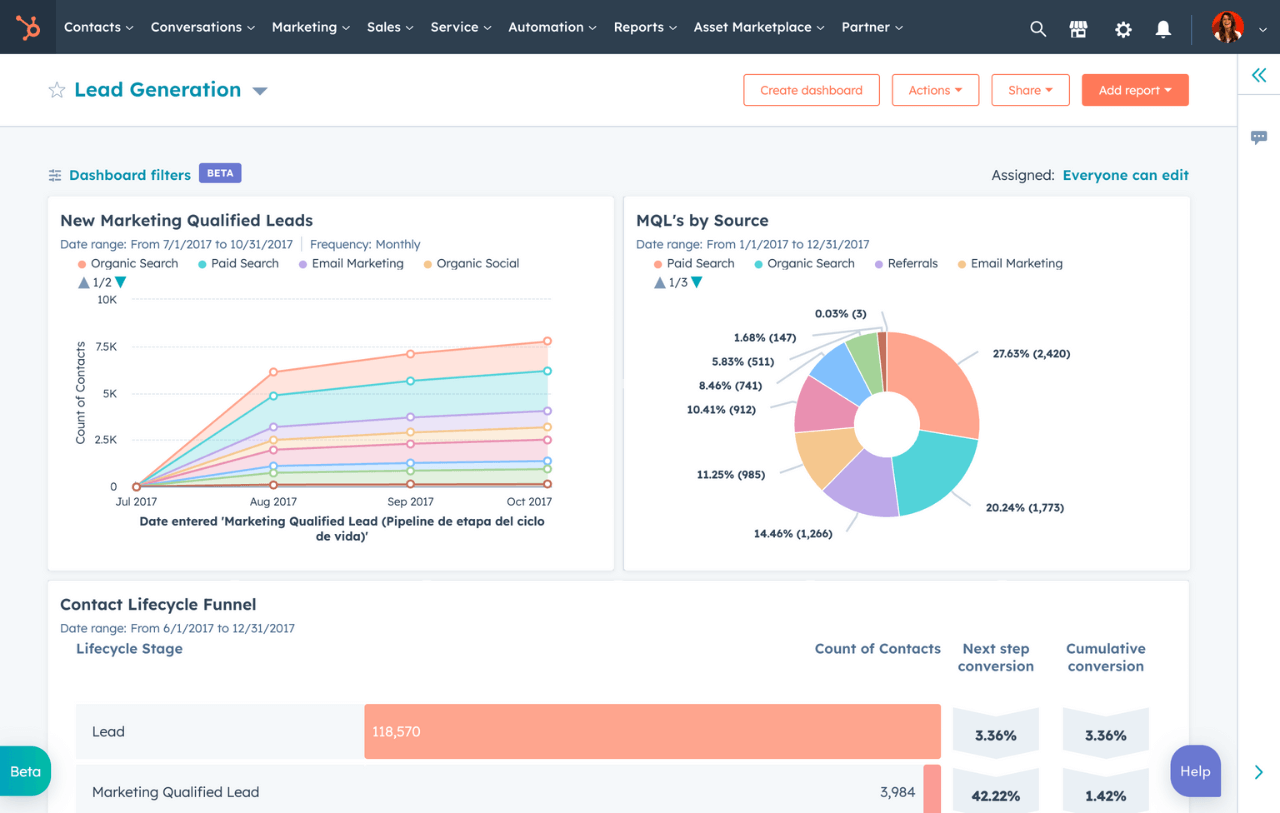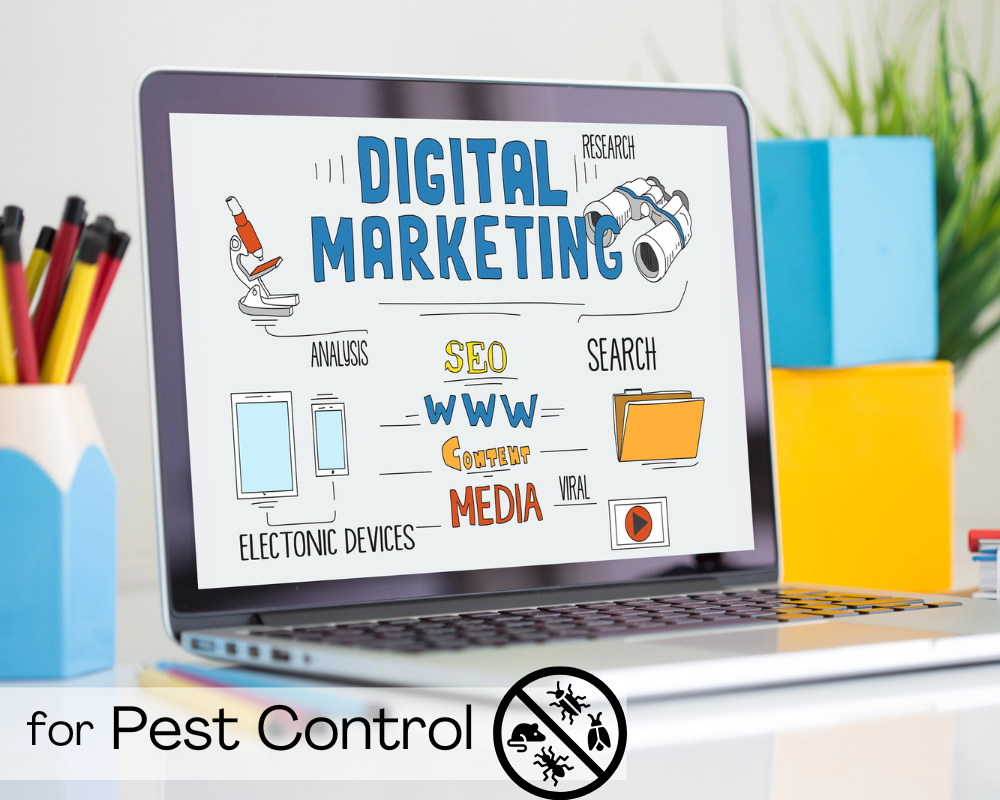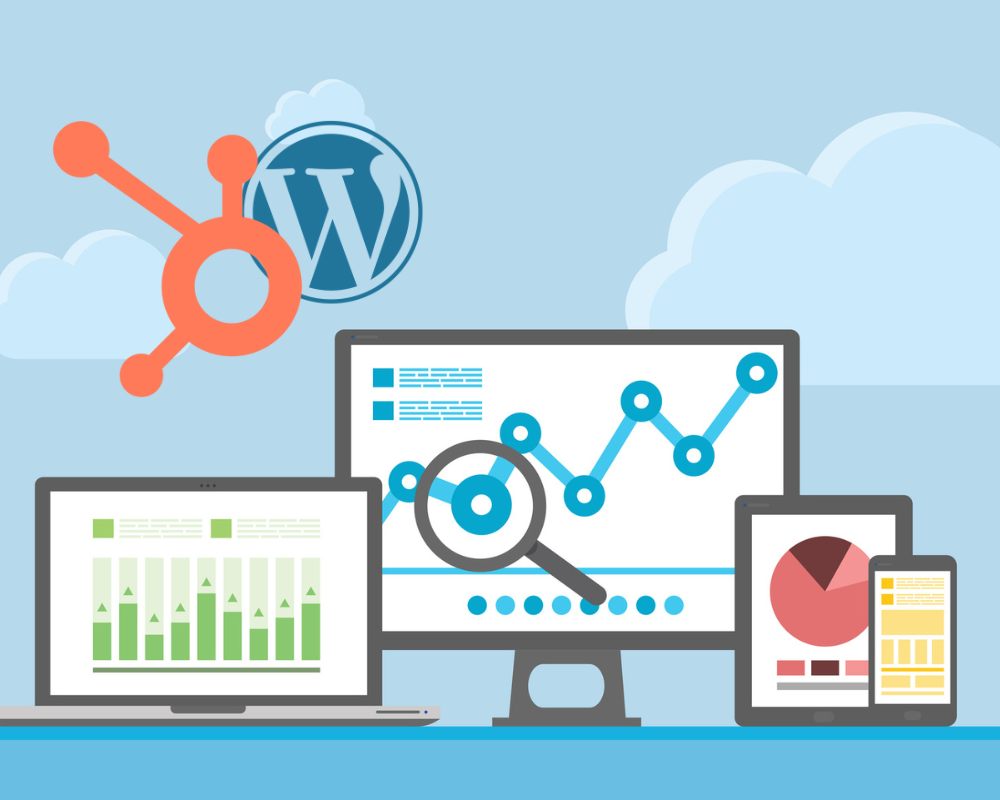What is Sales Enablement?

Let's face it, sales reps often face a lot of pressure to perform and meet quotas. Providing your team with the tools they need to hit their targets can make all the difference for them. Sales enablement is all about empowering your sales teams with the coaching, training, content, and technology to succeed at their job.
The dictionary definition of “enablement” is (1) the act of giving someone the means to do something and (2) the act of making something possible. So, enabling a sales team who drives revenue is a gift your business can give itself.
In today’s ever-evolving world of sales, success is not merely about the charisma of a salesperson or the quality of a product. Your sales team also needs the right resources, tools, and processes in place to perform at their best.
When we dig down to the core of what is sales enablement, it is about ensuring that the entire sales team is well-equipped and aligned with the organization's goals.
Key Aspects of Sales Enablement
In defining what is sales enablement in terms of practical tactics, there are many pieces to the puzzle. Here are some of the key elements involved in empowering your sales team:
-
Training and Development
One of the fundamental aspects of sales enablement is training and development. Sales professionals must be continuously updated with the latest product knowledge, sales techniques, and market trends.
Whether it's onboarding new hires or providing ongoing training for the existing team, a robust training program ensures that the sales force remains competitive and capable.
-
Content Creation and Management
Sales enablement also involves creating and managing sales content. This includes product collateral, case studies, whitepapers, demo and presentation decks, email templates, competitive analysis, and sales playbooks.
Such content should be easily accessible and up-to-date, enabling sales reps to present relevant and compelling information to prospects during their sales pitches.
-
Sales Process Optimization
The sales process can be complex, involving multiple stages from lead generation to closing deals. Sales enablement seeks to streamline and optimize these processes, making it easier for sales professionals to navigate the customer journey effectively.
-
Technology Integration
In today's digital age, technology plays a crucial role in sales. Sales enablement often involves the integration of tools such as Customer Relationship Management (CRM) software, sales analytics platforms, and communication tools to enhance efficiency and provide valuable insights.
-
Collaboration and Communication
Effective communication and collaboration are vital in a successful sales operation. Sales enablement encourages alignment and synergy between sales, marketing, and product development teams to ensure that everyone is working towards a common goal.
Tools to Manage the Sales Enablement Process

There are various tools and technologies you can use to support and streamline the sales enablement process, including:
- CRM Software: Customer Relationship Management (CRM) software helps sales teams manage customer data, track interactions, and analyze sales performance. It provides valuable insights into customer behavior and sales trends. The right CRM should have built-in automation and integrate with the technology your team already uses.
- Sales Content Management System: Tools like content management systems and sales enablement platforms help organize, distribute, and update sales content, ensuring that your sales reps have access to the latest resources.
- Analytics and Reporting Tools: Sales analytics and reporting tools provide data-driven insights into sales performance, helping you make informed decisions and adjustments to your sales strategies.
- Communication and Collaboration Tools: Tools such as video conferencing, instant messaging, and project management software facilitate better communication and collaboration within the sales team and between different departments.
- Website Live Chat: Direct messaging on a website can greatly enhance the ability to engage and close interested contacts in real time. By implementing live chat functionality, sales representatives are provided with a valuable opportunity to interact directly with potential customers. This immediate mode of communication allows for timely responses to inquiries and enables the sales team to address any concerns or objections effectively. Additionally, setting up proper filtering criteria ensures that only high-quality leads are presented with the live chat option, preventing the wastage of representatives' time with contacts that may not be the right fit. By providing a seamless and efficient method of communication, direct messaging on a website becomes a powerful tool in engaging interested prospects and ultimately closing more sales.
Benefits of Sales Enablement
Sales enablement offers a wide range of benefits to organizations, both large and small. Some of the benefits include:
-
Increased Sales Efficiency
Sales enablement streamlines the sales process, reducing the time and effort required to close deals. Sales reps can focus on selling rather than administrative tasks, leading to increased productivity.
-
Improved Sales Performance
In giving them comprehensive tools and resources, sales enablement empowers all of your sales professionals to perform at their best. This, in turn, leads to improved overall sales production and higher conversion rates.
-
Consistency in Messaging
Sales enablement ensures that all members of the sales team deliver a consistent and compelling message to prospects. This consistency builds trust and credibility, which are essential in sales.
-
Better Customer Understanding
Through data analytics and CRM integration, sales enablement provides insights into customer behavior and preferences. This understanding allows sales reps to tailor their approach and recommendations to individual customer needs.
-
Adaptability
Sales enablement equips your sales team with the tools and knowledge needed to quickly adapt to new market trends and shifts in customer behavior.
-
Alignment Between Sales and Marketing
Sales and marketing teams often work in silos, but sales enablement encourages alignment and collaboration between these two departments. This ensures that marketing efforts result in more qualified leads, benefiting the sales team.
-
Shorter Sales Cycles
Sales enablement helps sales professionals move leads through the sales funnel more efficiently. This leads to shorter sales cycles and quicker revenue generation.
-
Higher ROI
Investing in sales enablement tools and strategies typically results in a higher return on investment (ROI). The increased sales efficiency, improved performance, and streamlined processes contribute to the organization's bottom line.
Sales Enablement Best Practices
Implementing Sales Enablement is more than just using the right tools; it requires a well-thought-out strategy and a commitment to ongoing improvement. Here are some best practices to ensure your sales enablement efforts are effective:
1. Establish Clear Goals and Objectives
Start with a well-defined strategy that outlines the goals you aim to achieve through sales enablement. Whether it's increasing revenue, shortening sales cycles, or improving lead conversion rates, having clear objectives will guide your efforts and help you measure success.
2. Collaborate Across Departments
Sales enablement is not an isolated function but rather a cross-functional effort. Encourage collaboration between sales, marketing, product development, and customer support teams.
Aligning these departments will ensure that everyone is working towards a common goal and that sales teams have access to the right resources.
One great way to align sales and marketing is to provide them with a technology platform that allows them to share data, and chart the entire customer journey from the time they opted in to marketing, to the time they made a purchase.
Since both departments help guide contacts through different stages of the customer journey, a CRM platform like HubSpot can help bridge the gap by providing more transparency and collecting valuable data. Common goals can be created for both teams, while they can still work independently on their own objectives.
3. Maintain Continuous Training and Development
Sales professionals need ongoing training to stay competitive. Implement a structured training program that includes onboarding for new hires and continuous development for existing team members. On-demand training can same you time and money. Give your team easy access to things like:
- Training Videos
- Sales playbooks
- Sales scripts
4. Manage Sales Content
Invest in content management systems that allow for easy organization, distribution, and updates of sales collateral. Tailor content to specific buyer personas and stages of the customer journey. Personalized content is more engaging and relevant to prospects. Provide your team with content such as:
- Email templates & Content Snippets
- Sales Sequences
- Fact Sheets
- Case Studies
- Pricing Calculators
- Knowledge base articles
- Checklists
5. Leverage Data-Driven Decision Making
Leverage analytics and reporting tools to track key performance indicators (KPIs) related to your sales enablement efforts. This data will help you make informed decisions and identify areas for improvement.
6. Integrate Sales Technology
Select and integrate the right sales technology tools into your sales enablement strategy. This may include CRM software, sales enablement platforms, analytics tools, and communication software. Ensure that these tools work seamlessly together to enhance efficiency.
7. Develop Sales Playbooks
Develop and maintain sales playbooks that outline best practices, objection-handling techniques, and messaging frameworks. These playbooks serve as valuable resources for sales reps when engaging with prospects.
8. Monitor the Process and Collect Feedback
Implement a system for monitoring your sales enablement practices and collect feedback from the sales team. This feedback loop helps in refining and customizing the sales enablement strategy to meet the specific needs of your organization.
9. Get Leadership Buy-In
For sales enablement to be truly effective, it requires strong leadership support. Ensure that senior executives and sales leadership understand the value of sales enablement and actively champion its implementation.
10. Evolve and Adapt
The business environment is constantly changing, so it's essential to adapt your sales enablement strategy accordingly. Keep an eye on industry trends, customer preferences, and competitive landscapes, and be willing to adjust your approach as needed.
11. Measure and Communicate Results
Regularly measure the impact of sales enablement on key performance metrics and communicate these results across your organization. Sharing success stories and ROI data will help maintain support for your sales enablement initiatives.
12. Prioritize a Customer-Centric Approach
Sales enablement is not just about empowering your sales team but also about creating a positive experience for your customers. Train your sales professionals to prioritize customer needs, actively listen, and provide tailored solutions.
What Can Sales Enablement Do for You?
In today's competitive marketplace, sales enablement has become a critical component for achieving sustainable sales success. It gives you a more efficient, more effective sales force. And, ultimately, it drives revenue growth.
Sales enablement is not a one-time project but an ongoing commitment to improving the way you equip and support your sales team. It adapts to meet the changing demands of the market and your customers, letting you maintain your competitive advantage.
We invite you to get in touch with the HubSpot sales enablement experts at WorldLight Media to further explore what sales enablement would look like for your company and all that it can do for you.
Call us at (559) 9-DESIGN, or you can click here to use our convenient online form to ask for more information.







